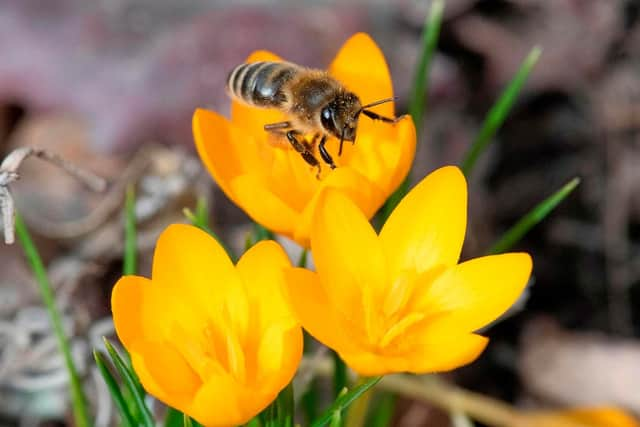Have I got a cold or hay fever? Experts describe the symptoms of a common cold and hay fever
Meteorological Spring officially began in the UK on March 1, 2022, and even though the season is mainly known for the appearance of some highly anticipated sunshine, it is also a time when seasonal allergy symptoms associated with allergic rhinitis (or hay fever) can start to make an appearance.
Roughly 49 per cent of the UK population suffer from symptoms of hay fever, its symptoms can also sometimes be confused with that of the common cold.
Advertisement
Hide AdAdvertisement
Hide AdCommercial director of enzymatica, the manufacturers of ColdZyme, Kristoffer Ahlerup, said: “Many people think of the common cold as an exclusively winter-based phenomenon and so when they get a cold outside of this time frame, they sometimes assume that something else is causing their symptoms.


“Whilst it’s true that the common cold is more prevalent in the winter-time due to a combination of an increase in indoor socialising, and cold viruses thriving in cold, dry conditions, colds are something that can be experienced all year round.
“In addition, as a result of us being less exposed to common cold viruses due to social distancing and mask-wearing, now those restrictions are lifting, common cold viruses are starting to re-emerge.”
While some symptoms of the common cold and hay fever may be difficult to tell apart, the causes are different. Hay fever symptoms are a result of an immunoglobulin E (IgE) immune response to otherwise harmless substances in the environment such as pollen, whilst the common cold is caused by viruses.
Advertisement
Hide AdAdvertisement
Hide AdA survey conducted by Enzymatica has shown that a scratchy or itchy throat is the most common symptom people notice as an initial sign of catching a cold (60 per cent of participants) followed by sneezing (57 per cent), a headache (45 per cent) and muscular pain (42 per cent).
How to treat symptoms of the common cold
Mr Ahlerup said: “Early action is most effective when it comes to the common cold, and whilst many people focus on products and methods that help alleviate their symptoms once they are suffering with a cold or virus, few focus their efforts on shortening the duration by acting at first symptoms.
“Although we know cold viruses commonly result in blocked or runny noses, coughing and sore throats, it’s the earlier symptoms that our bodies show, which if we act quickly on, can help to shorten the length of a cold. ColdZyme is specifically intended to be used as soon as those first symptoms start to appear.
“ColdZyme works by capturing the virus in the back of the throat where it first starts to multiply. ColdZyme forms a protective barrier, deactivating the viruses. It should be used every second hour, up to six times daily, until symptoms are relieved. ColdZyme is suitable for adults and children over four years old.”
Comment Guidelines
National World encourages reader discussion on our stories. User feedback, insights and back-and-forth exchanges add a rich layer of context to reporting. Please review our Community Guidelines before commenting.